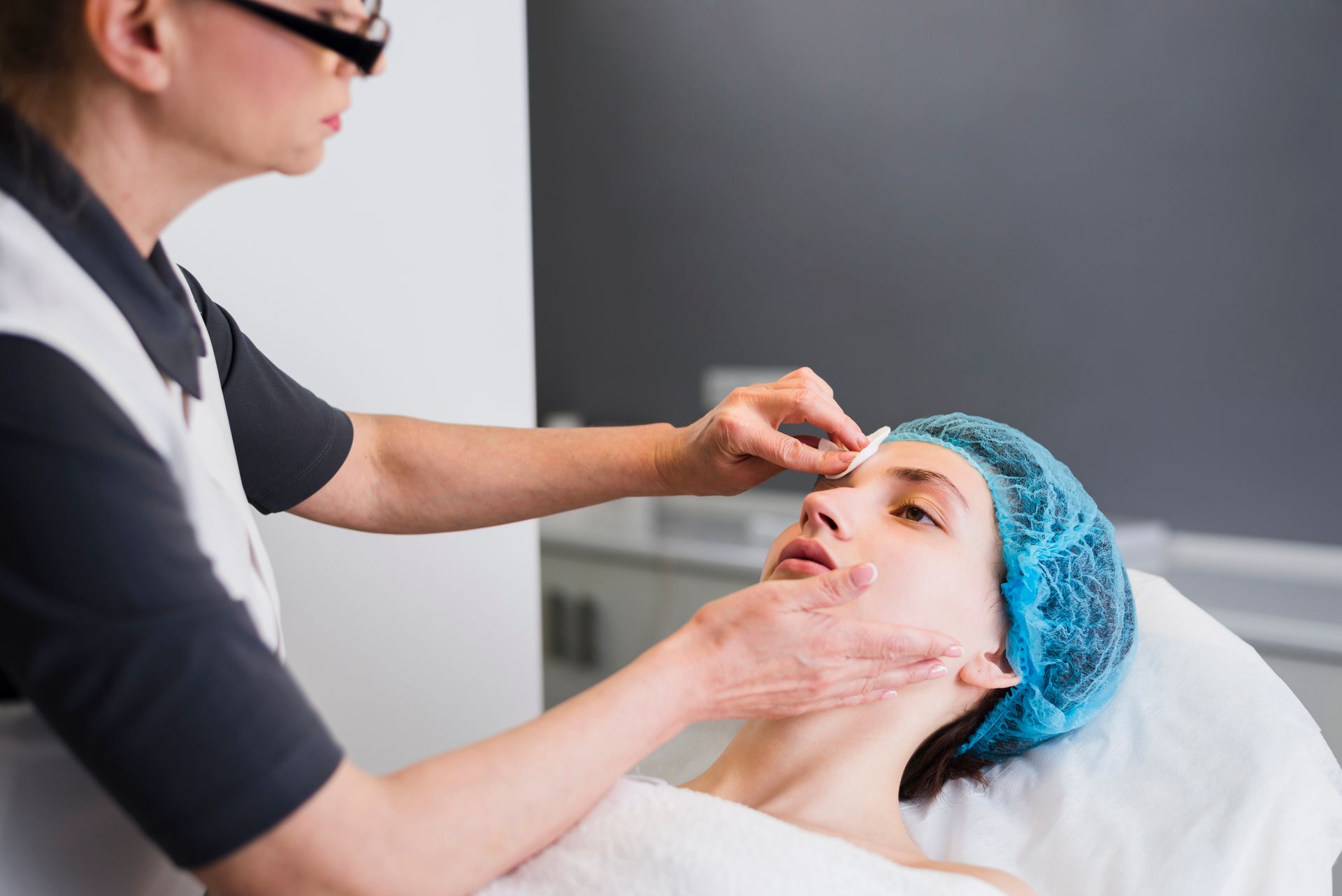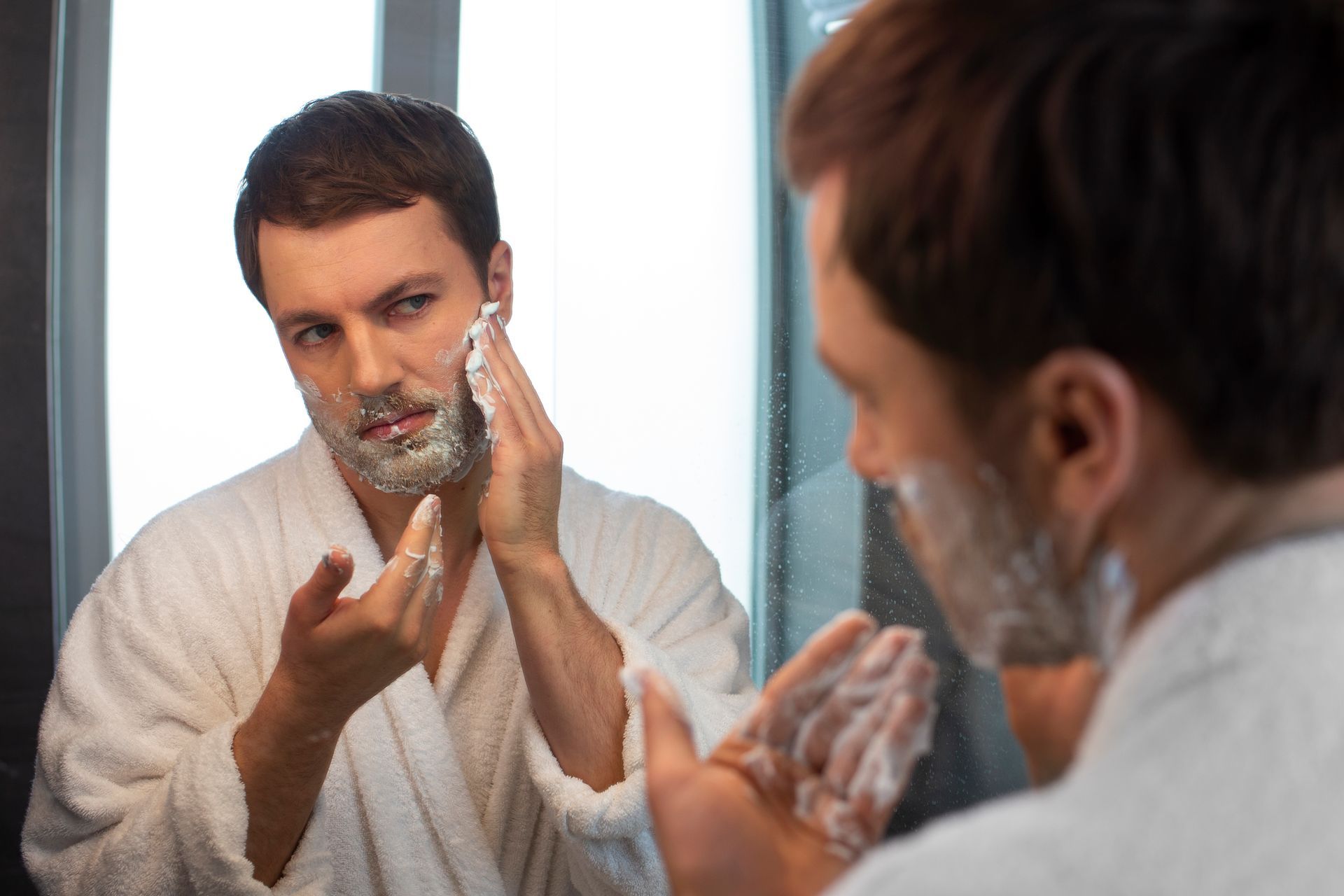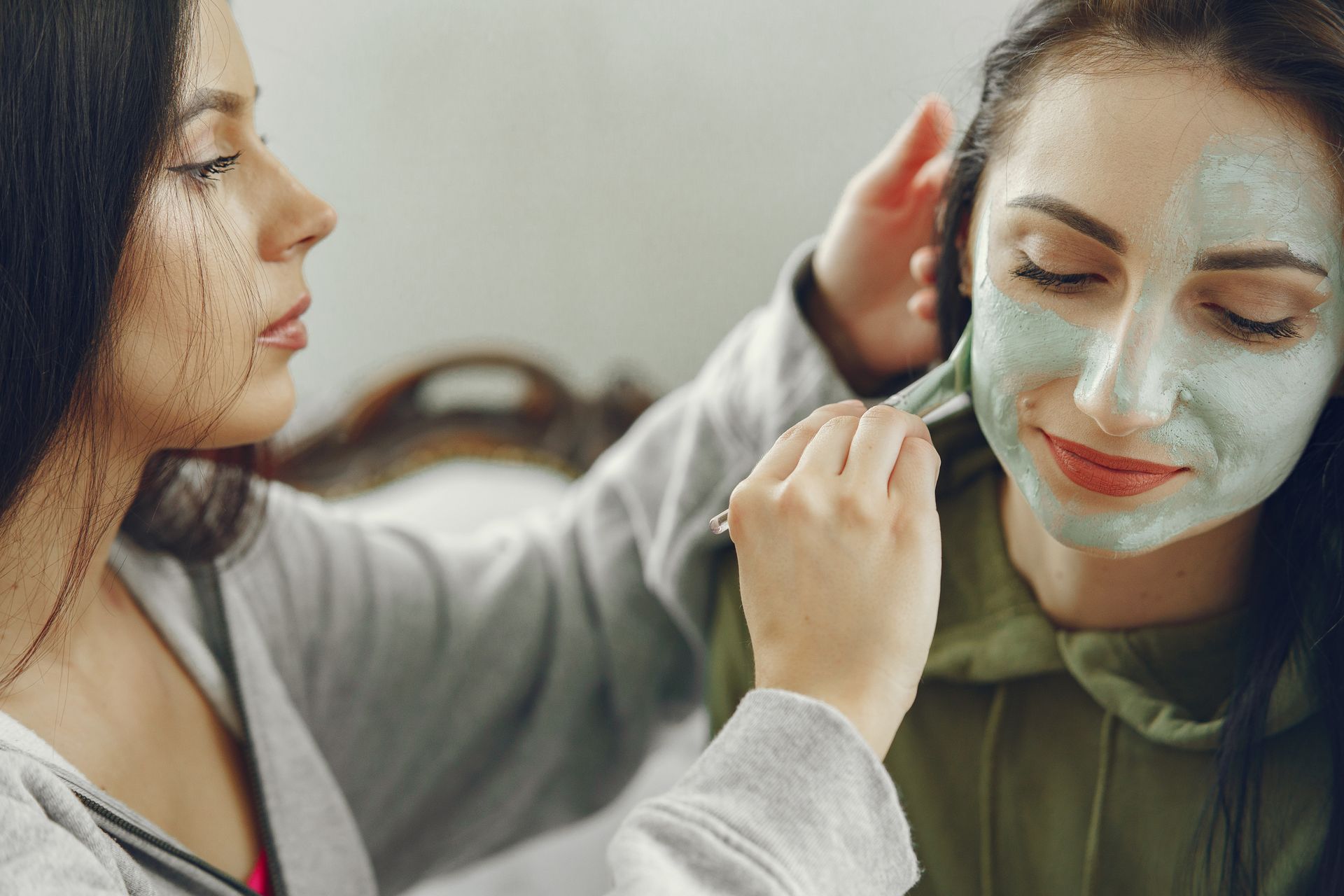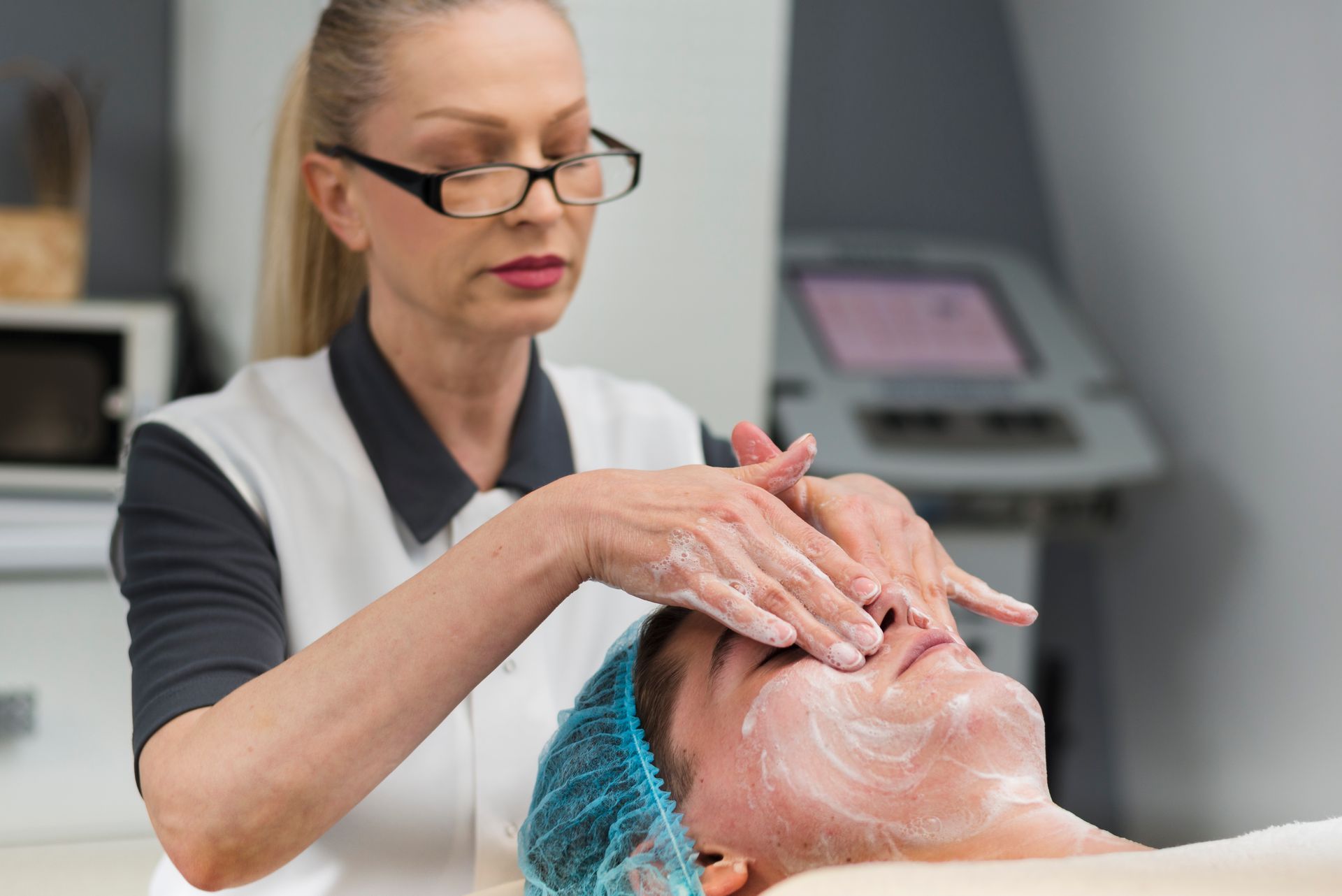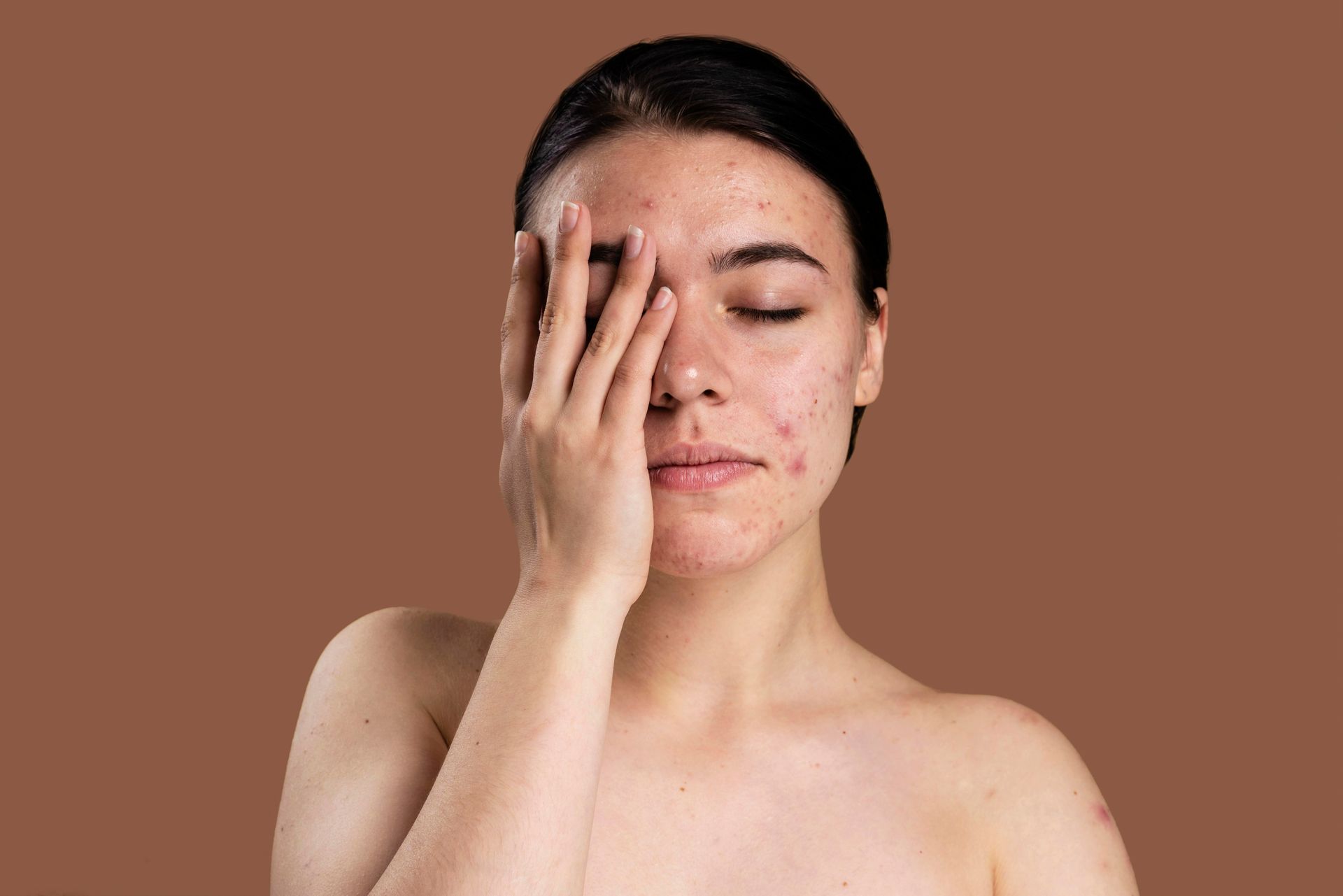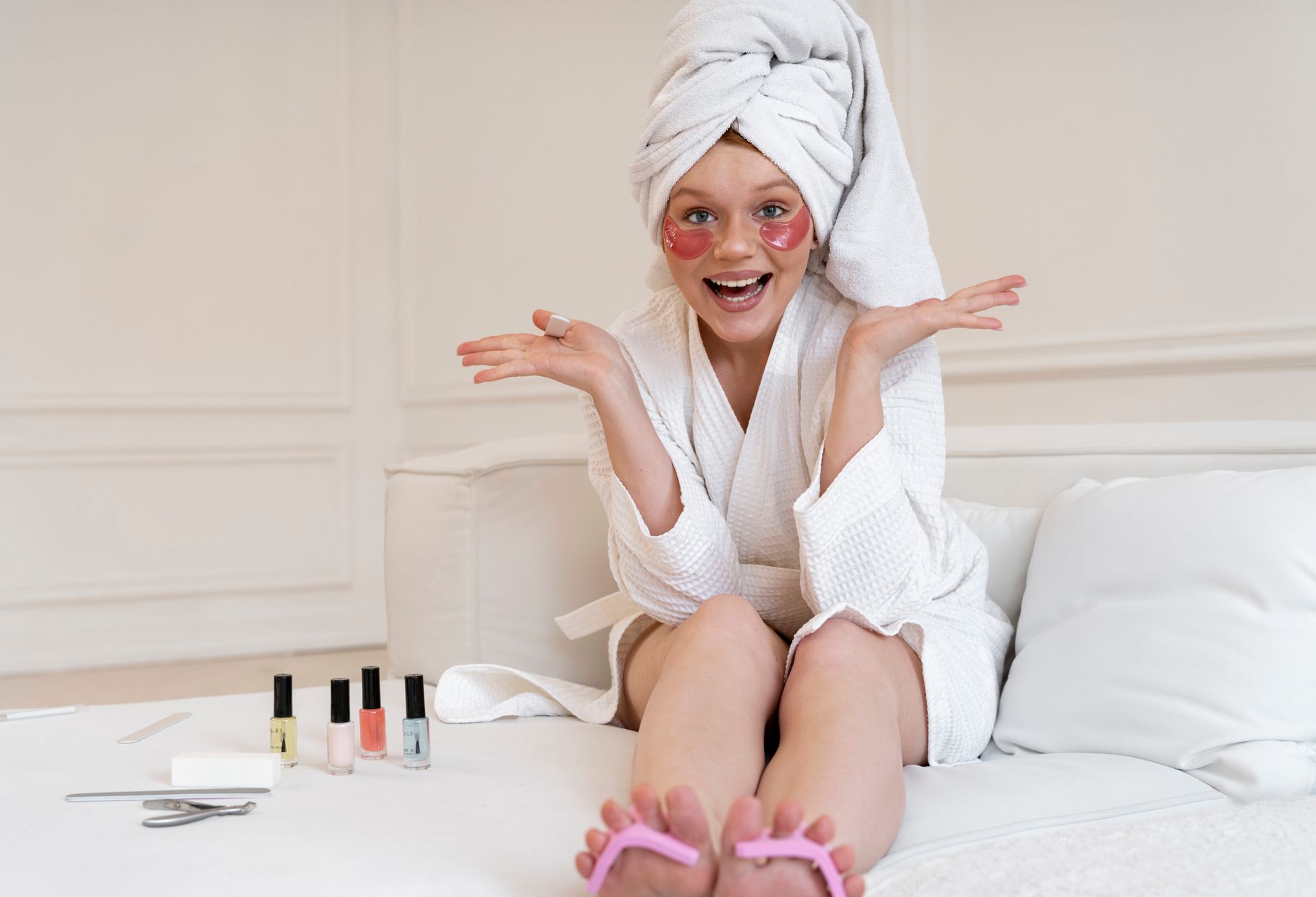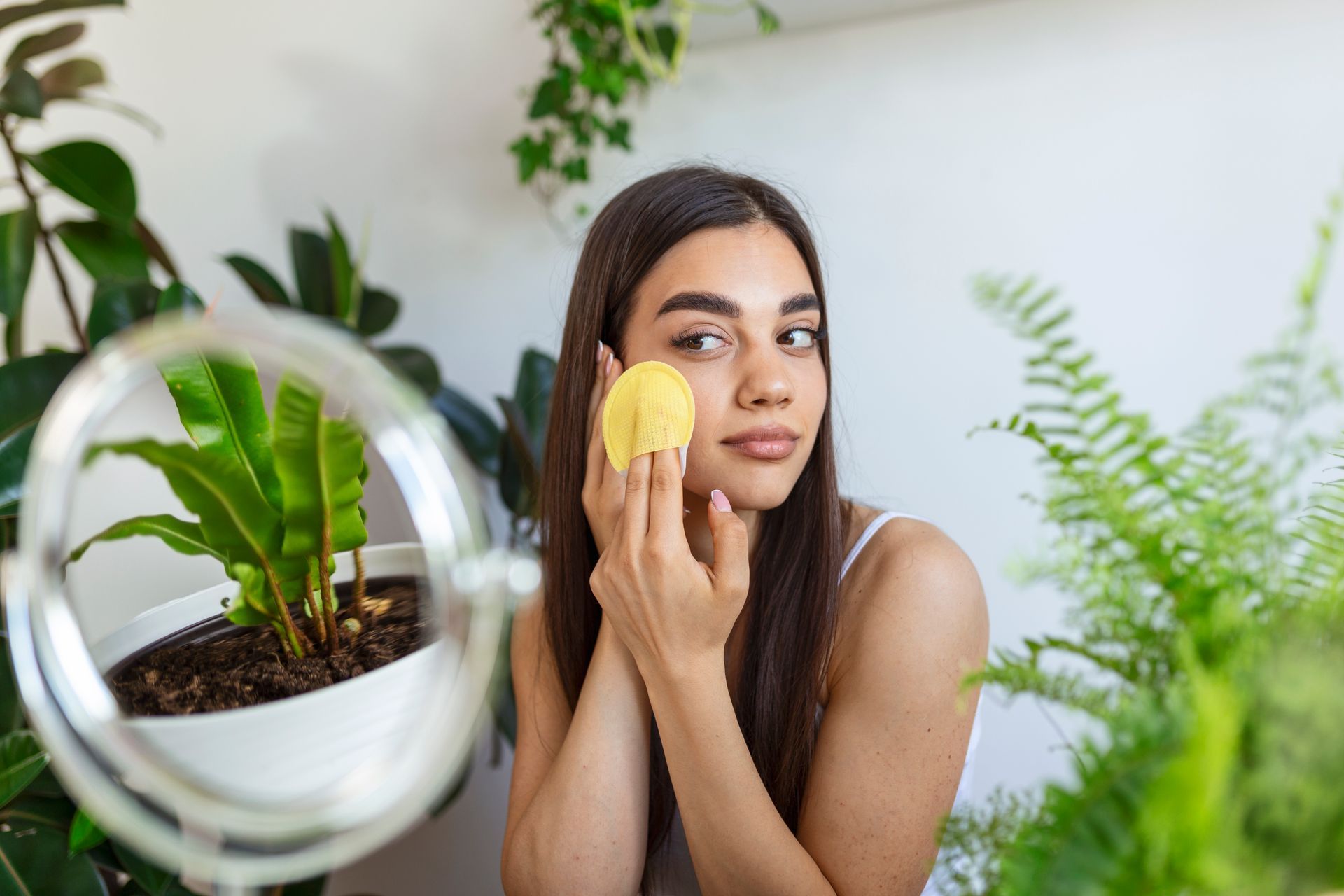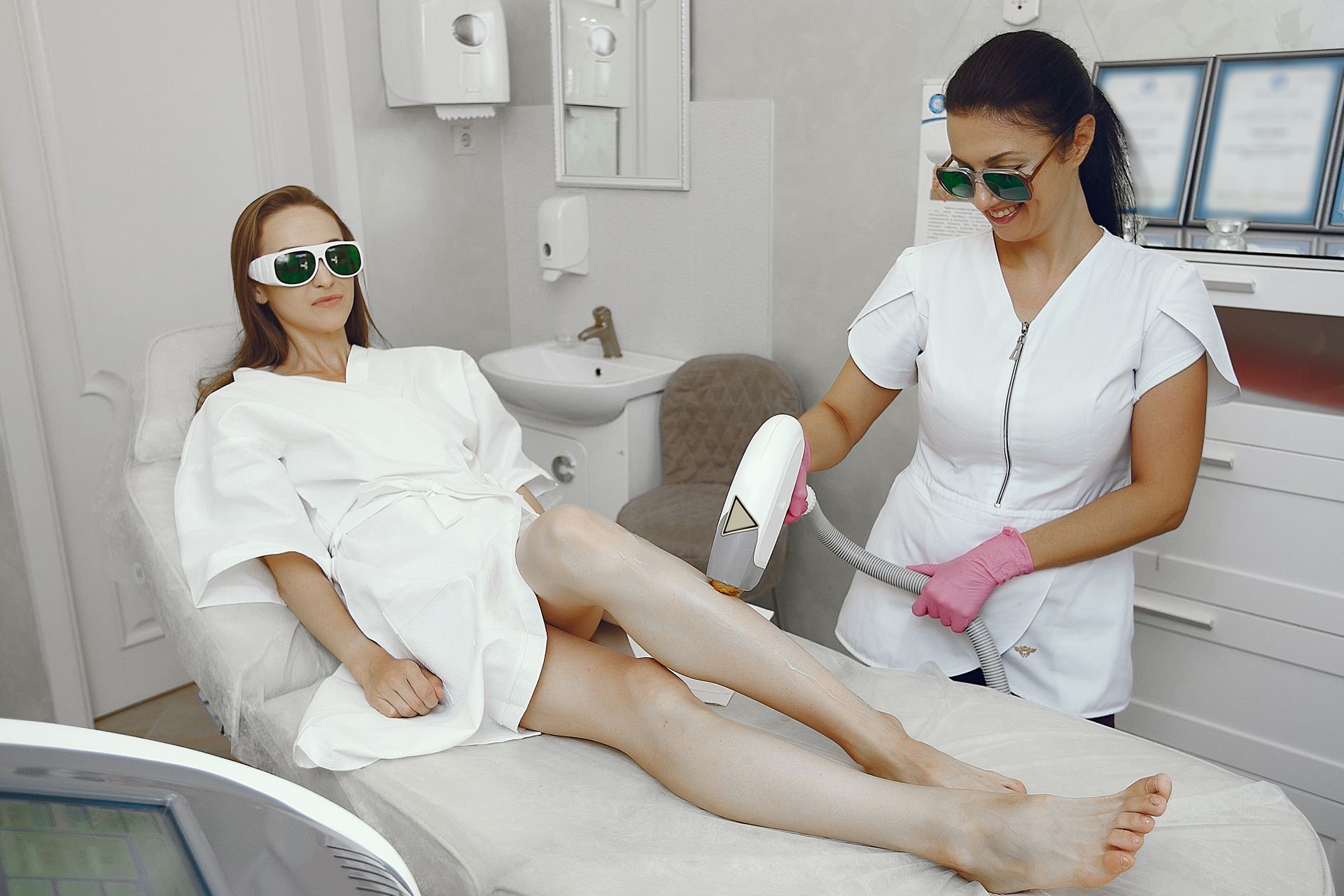Which Laser Hair Removal Is Best for the Face?
Facial hair removal is no longer just about razors and threading appointments. Today, laser hair removal has emerged as one of the most effective, semi-permanent solutions—especially for facial areas like the upper lip, chin, jawline, and even sideburns. But not all lasers are created equal. When it comes to your face—your most delicate and visible skin—you want to be sure you’re choosing the right technology.
So, which laser hair removal method is best for your face? Let’s explore the options, break down how they work, and help you make an informed, confident choice—especially with guidance from the trusted experts at Huggie Beauty.
How does laser hair removal work on face?
Why Laser Hair Removal Is a Game-Changer for the Face
Facial hair can be tough to manage with traditional methods. Waxing can cause redness or breakouts, shaving can lead to shadow and stubble, and threading is painful and needs constant upkeep. Laser hair removal offers a lasting solution by targeting hair at the follicle level, gradually reducing growth and leaving your skin smoother and clearer over time.
Still, choosing the wrong type of laser—or an untrained technician—can lead to risks like burns, pigmentation changes, or patchy results. That’s why it’s crucial to understand which laser is best for your skin type, hair color, and facial area.
The Four Main Types of Laser Hair Removal (And How They Work)
Different lasers operate at varying wavelengths and energy levels. Here are the top four technologies used in facial laser hair removal:
1. Alexandrite Laser (755 nm)
Best for: Light to olive skin tones (Fitzpatrick I-III)
Alexandrite lasers are one of the most commonly used types of lasers for hair removal. They have a short wavelength and are known for their speed and efficiency, making them ideal for larger treatment areas—but they’re also frequently used for facial hair due to their precision.
Pros:
Fast treatment time
Effective for fine and medium-thick hair
Good results for lighter skin tones
Cons:
Not suitable for darker skin tones due to risk of pigmentation changes
Can be slightly more painful than longer-wavelength lasers
At Huggie Beauty, Alexandrite lasers are used carefully on eligible clients after thorough skin analysis to ensure minimal sensitivity and maximum results.
2. Nd:YAG Laser (1064 nm)
Best for: Darker skin tones (Fitzpatrick IV-VI)
The Nd:YAG laser is specifically designed to work safely on dark skin tones. Its longer wavelength penetrates deeper into the skin, bypassing the melanin in the epidermis (the outer layer), making it less likely to cause burns or pigmentation issues.
Pros:
Safe for all skin tones
Lower risk of hyperpigmentation
Penetrates deeper for better follicle targeting
Cons:
May require more sessions for full results
Slightly less effective on light or fine facial hair
If you have deeper skin tone and are considering laser hair removal for your face, Huggie Beauty’s use of Nd:YAG technology ensures both safety and effectiveness.
3. Diode Laser (800–810 nm)
Best for: Medium to dark skin tones, coarse hair
Diode lasers strike a balance between Alexandrite and Nd:YAG lasers. They’re versatile, efficient, and work well on a range of skin tones and hair types. While traditionally used for body areas, modern diode lasers can be finely calibrated for facial treatments too.
Pros:
- Safe for medium and darker skin
- Highly effective for coarse hair on the chin and jawline
- Often less painful due to integrated cooling systems
Cons:
- May be less effective for lighter or finer facial hair
- Can cause redness if not handled by a skilled technician
- Huggie Beauty uses diode laser systems with precision-tuned settings to treat sensitive facial skin without damage.
4. Ruby Laser (694 nm)
Best for: Very light skin tones with fine hair
Ruby lasers were among the first technologies used for hair removal. While they’re largely outdated now due to slow treatment times and higher pigmentation risks, they’re still used in certain specialized cases.
Pros:
- Effective for light skin and very fine hair
- Low risk of scarring
Cons:
- Not suitable for darker skin
- Slow and outdated compared to newer technologies
- Can cause more side effects
In most modern clinics, Ruby lasers are rarely used. At Huggie Beauty, more advanced options like Alexandrite, Nd:YAG, and Diode lasers are preferred for safety and efficiency.
Does Face Laser Hair Removal Hurt?
Which Laser Is Right for Your Face?
- The “best” laser depends on a combination of factors:
- Your skin tone
- Your hair color and thickness
- The area of your face being treated
- Any existing skin concerns like acne, sensitivity, or pigmentation
Let’s break that down a little more.
For Fair Skin & Dark Hair:
Alexandrite or Diode lasers are usually most effective.
For Medium or Olive Skin:
Diode lasers offer a safe and reliable balance of precision and power.
For Darker Skin Tones:
Nd:YAG lasers are your safest bet due to their deep penetration and reduced pigmentation risks.
For Fine or Light Facial Hair:
Alexandrite lasers work best—though laser may be less effective overall on vellus (peach fuzz) hair.
Treatment Areas on the Face & What to Expect
Laser hair removal on the face typically targets:
- Upper lip
- Chin
- Jawline
- Sideburns
- Neck
- Cheeks
- Between the eyebrows
Each session lasts around 10–20 minutes, depending on how many areas you treat. Most clients see noticeable hair reduction after 3–4 sessions, but 6–8 sessions are usually recommended for best results.
At Huggie Beauty, treatment is tailored specifically to your needs. The right laser is chosen after assessing your facial structure, hair pattern, and skin reaction during a patch test.
Are At-Home Facial Laser Devices a Good Idea?
You’ve probably seen compact laser or IPL (Intense Pulsed Light) devices marketed for home use. While they’re appealing for their convenience and lower cost, they aren’t nearly as powerful—or as safe—as clinical lasers.
They work best for people with light skin and dark hair, but even then, they may take months to show limited results. There’s also a higher risk of burns or pigmentation issues if used improperly, especially on the face.
Bottom line: Leave facial laser hair removal to trained professionals, like those at Huggie Beauty, for safe, consistent, and expert-level care.
Key Safety Tips and Aftercare for Facial Laser
Choosing the right laser is only half the battle. To ensure a safe experience and long-term results:
- Avoid sun exposure for at least 10 days before and after each session
- Skip retinoids, acids, and exfoliants 2–3 days before and after treatment
- Use a broad-spectrum SPF daily—even on cloudy days
- Don’t pluck or wax between sessions—shave instead
Follow expert aftercare provided by your technician at Huggie Beauty
These steps help prevent side effects like burns, pigmentation, or post-treatment breakouts.
Why Expert Consultation Matters
What sets Huggie Beauty apart is not just advanced technology—it’s the personalized approach. Before you begin any facial laser treatment, a full consultation is conducted to:
- Analyze your skin tone and hair type
- Discuss your medical history and skincare routine
- Recommend the right type of laser
- Set realistic expectations for results
- Perform a patch test to ensure your skin responds safely
This tailored process ensures you’re never treated with a “one-size-fits-all” approach—especially on your face.
Choose the Right Laser, Not Just Any Laser
Facial laser hair removal can be life-changing. It can simplify your routine, reduce breakouts and ingrown hairs, and help you feel confident in your skin. But to get the best results—and avoid unwanted side effects—you need to choose the right laser for your skin and hair type.
Whether you have light skin and coarse hair or a deeper complexion with fine hair, there’s a laser that’s safe and effective for you. Just make sure you’re getting treated by a licensed professional who knows what they’re doing.
Huggie Beauty is here to guide you every step of the way—with the technology, expertise, and gentle care your face deserves.

